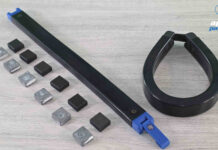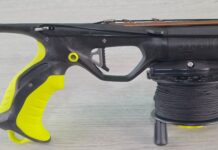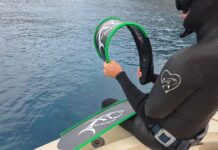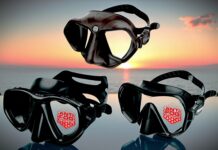C4 Wolverine Silicone fins redefine Freediving training
Among the vast landscape of fins on the market—ranging from carbon models with fluid resonance to classic techno polymer designs, and the recent 2025 Best Choice by Apnea Passion winners, the C4 FBG Umberto Pelizzari, with fiberglass baldes, C4 also has in its product line the proper training fin tailored for freedivers. Most available options either overload the muscles or compromise technique, especially the short, stiff variants commonly used in pool swimming. The C4 Wolverine fins fill this gap with a unique blend of design, comfort, and functionality. Additionally, the reduced length makes them perfect to carry around in a traditional gym bag.
Design and material
The C4 Wolverine fins are built from soft silicone and feature a striking design, both aesthetically pleasing and practical. The open-heel foot pocket avoids the usual pressure points while offering solid stability around the ankle, creating a snug yet non-restrictive fit.
Design and dimensions
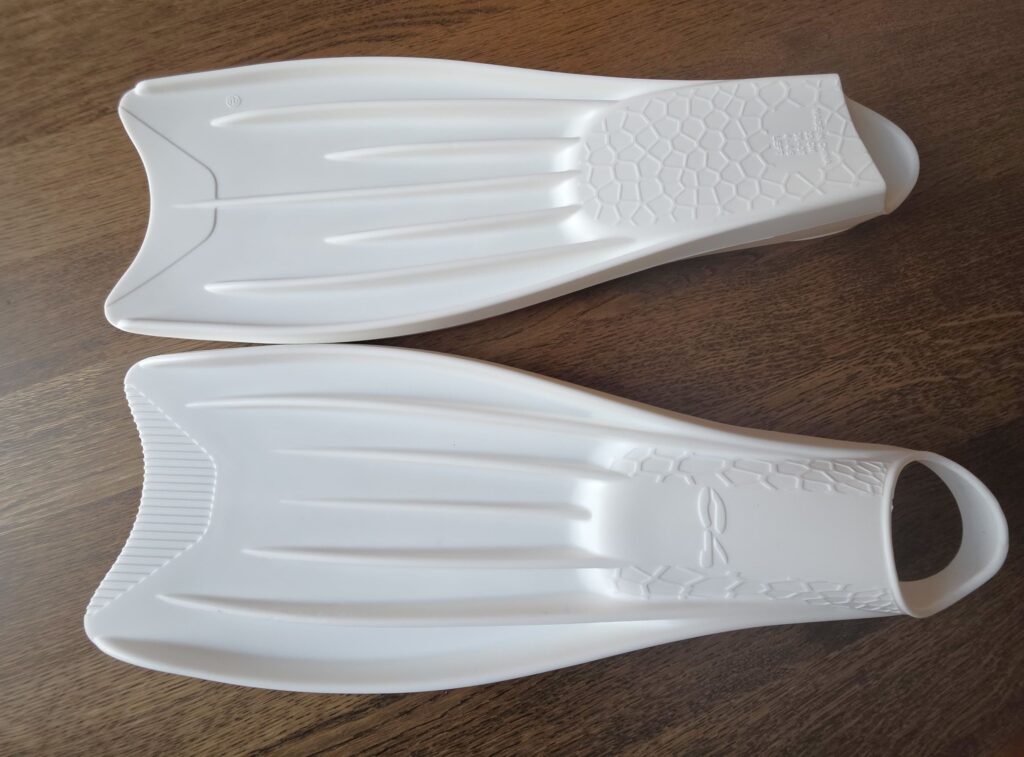
Made of a single piece of silicone, the C4 Wolverine have a design which sees the blade complete with 7 vertical ribs on both sides, the biggest ones being the side rails. These give the blade structure and additional elastic return, and at the same time better control during the kick, avoiding lateral slide. In fact, unlike long fins that can lose alignment during dynamic movement, these are designed to maintain axial stability even under vigorous kicking.
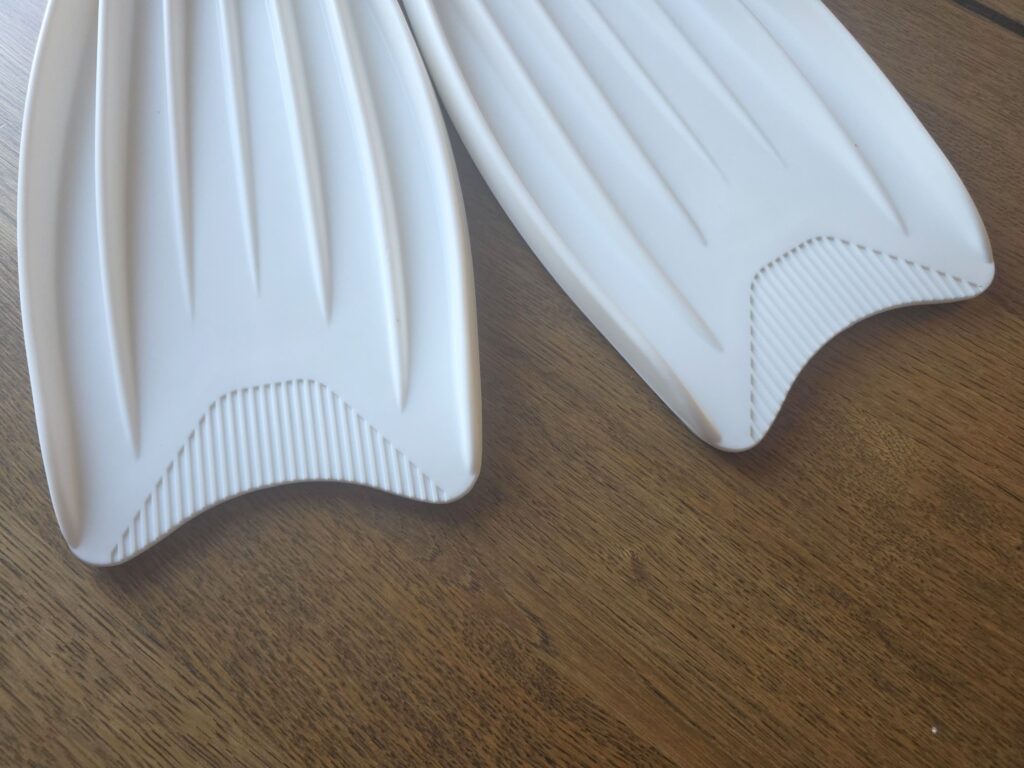
The tip of the blade is slightly concave for additional control, while the area of the flap has numerous small longitudinal ribs to maintain stiffness along the axis, still permitting transversal flexion.
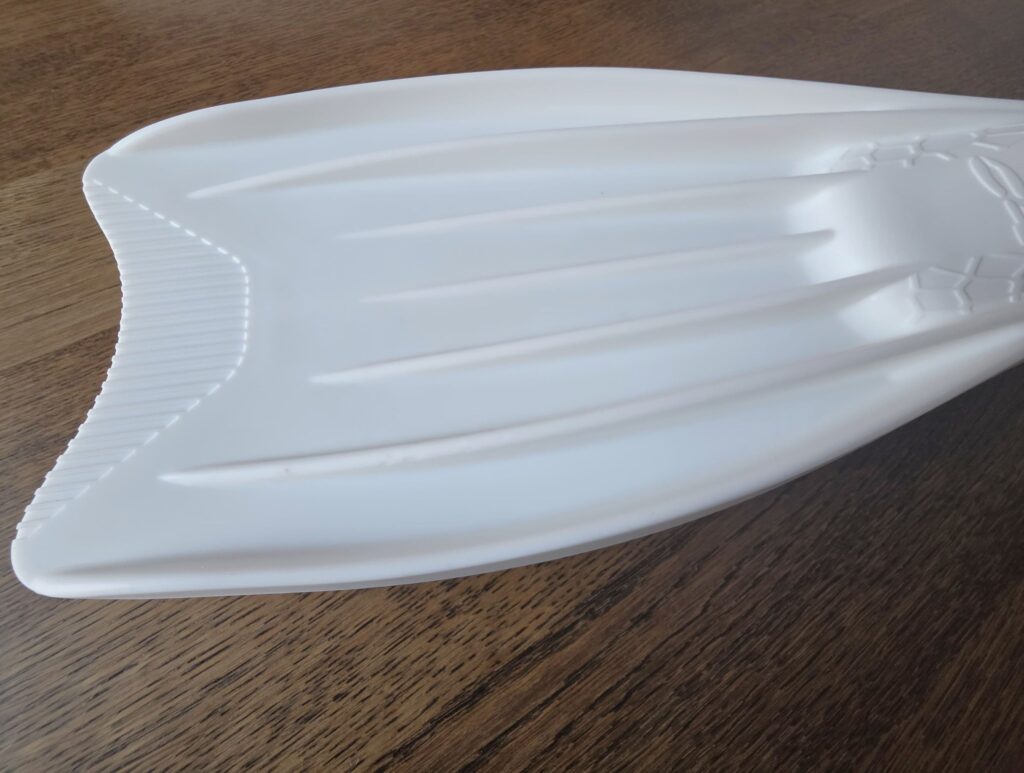
Though not as short as typical swim fins, their medium-short blade length and deliberate weight deliver sustained leg engagement—even under fatigue. We have measured the total length a small size (36-37 EU) equal to only 49 centimeters.
Left and right for best comfort
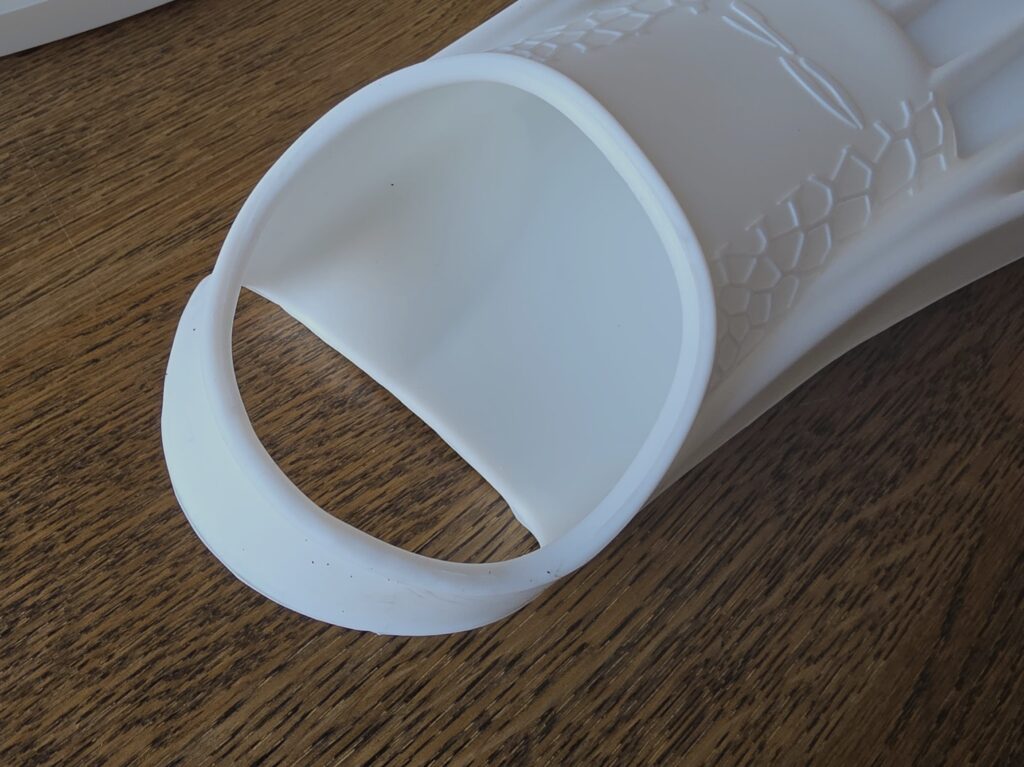
A refreshing addition in the design of the C4 Wolverine fins is the clear right-left foot distinction. While simple, it shows attention to detail that many manufacturers overlook, and generates definitely greater comfort. The indication left or right is printed under the foot pocket together with size, but it is easy to feel with the hand the internal bulged area of the foot pocket, indicating the position of the arch of the foot.
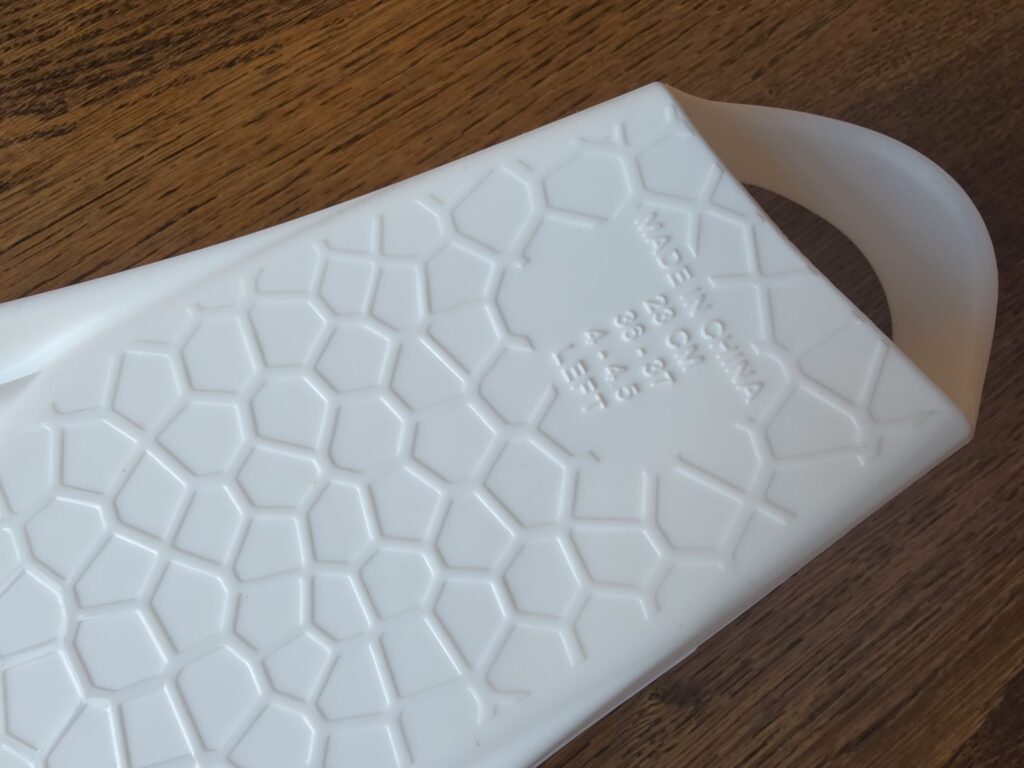
Use and aims
C4 Carbon with the Wolverine silicone training fins is definitely not the first brand to bring such kind of short one-piece silicone fins on the market. Still, the Italian company has wanted to differentiate their product from the rest, making a heavier and more structured design, which could work well during training, both in Dynamic and CWT apnea. The C4 Wolverine in fact have a design which controls excessive bending of the blade and the entire structure even under more challenging conditions.
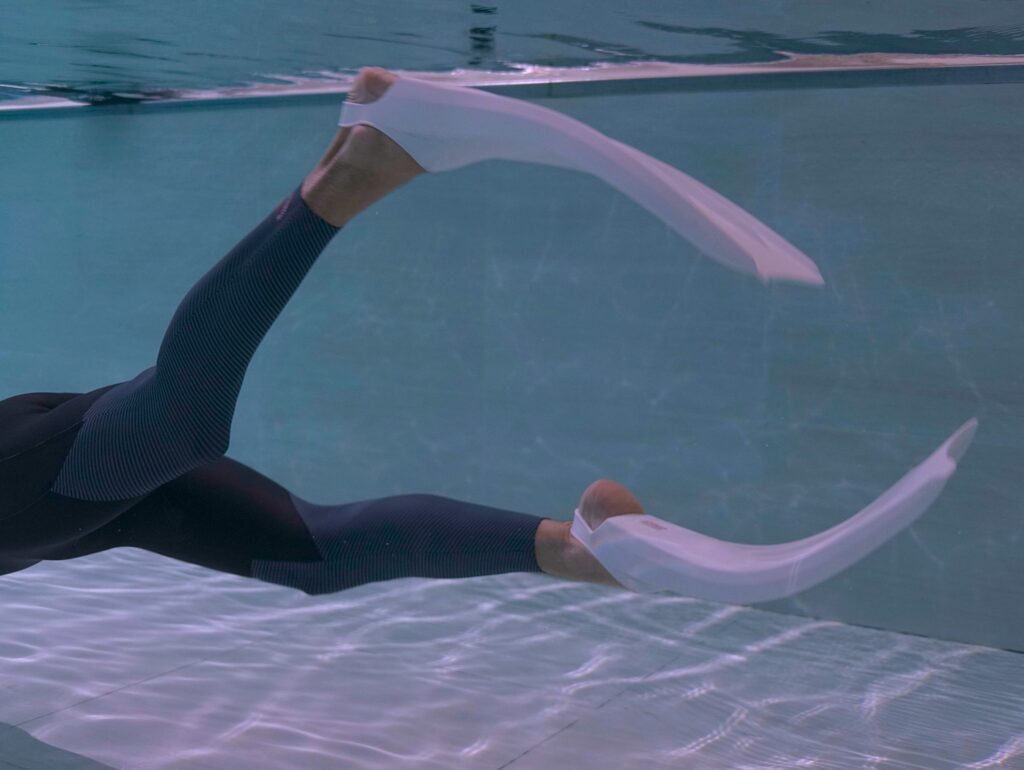
Wearing the C4 Wolverines fins gives the impression of having long fins on your feet. The leg movement during finning retains amplitude, meaning muscle groups often left idle by short-blade models are actively recruited. This makes training more holistic and specific to actual freediving performance. The thrust, which we will test soon, is intended to be unexpectedly very close to long fins, making the C4 Wolverine a very nice way to practice freediving and train.

The fins also promote ankle articulation—a key aspect in modern finning technique. The softness and flexibility of the silicone work in sync with the body’s mechanics, preserving technical movement without distortion. Even as fatigue sets in, the fin’s structure encourages continued muscle engagement without form breakdown. Their responsiveness means that even in later stages of training, coordination and propulsion remain intact.


